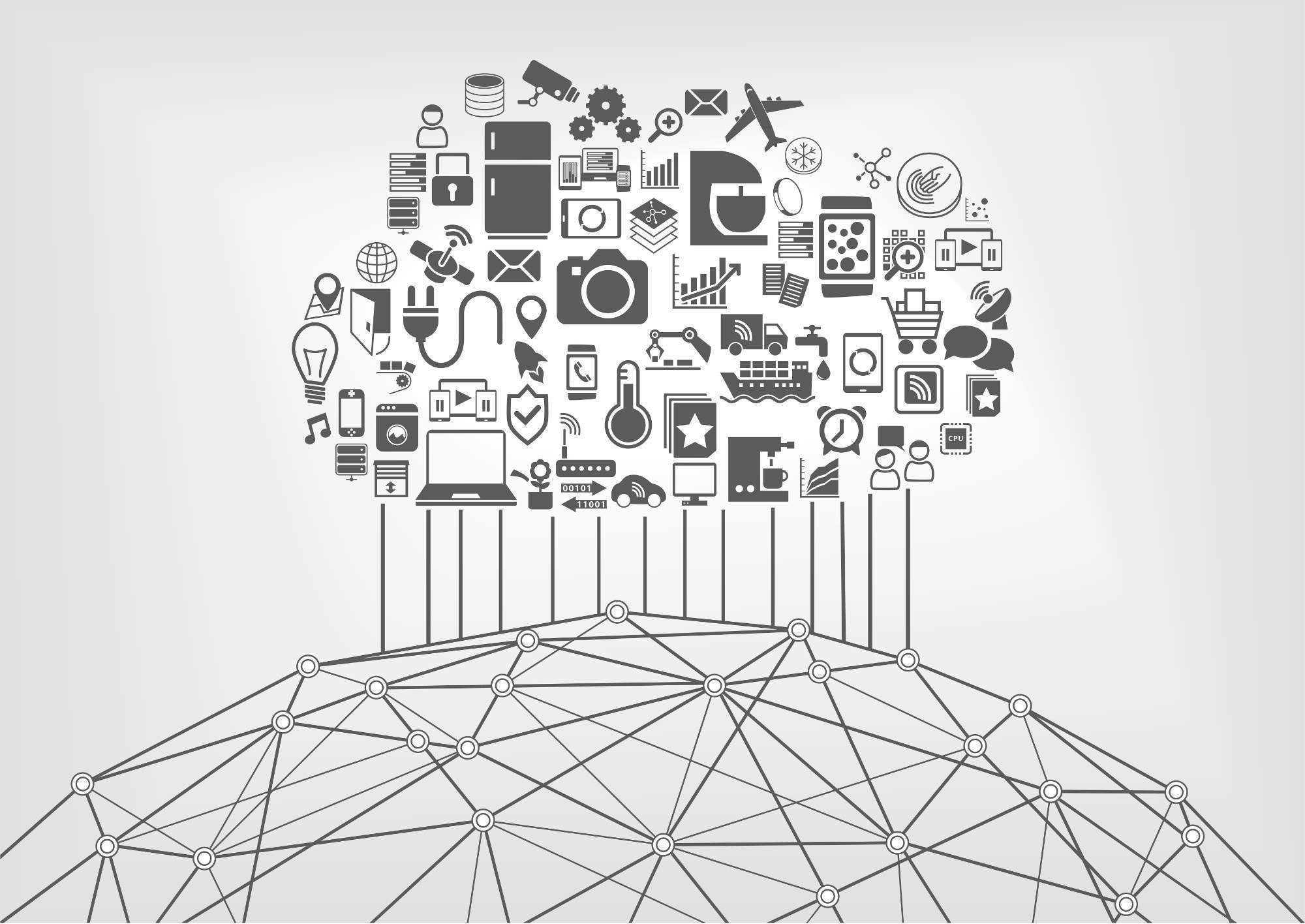Supply chains are increasingly complex, making connecting people, processes, and data more challenging for retailers.
However, the Internet of Things (IoT) is going to make this a whole lot easier, allowing retailers to streamline supply chains.
By 2025 the IoT will have a total potential global economic impact of anywhere from $3.9trn to $11trn a year including a potential $1.2trn impact in retail according to McKinsey.
Here’s three ways the IoT is going to make things simpler.
1. Inventory management-tags
Radio frequency identification (RFID) tags are planted with microprocessors that store a product’s specific information.
While RFID technology has been around for many years, it has not taken off in retail largely due to its high cost.
How well do you really know your competitors?
Access the most comprehensive Company Profiles on the market, powered by GlobalData. Save hours of research. Gain competitive edge.

Thank you!
Your download email will arrive shortly
Not ready to buy yet? Download a free sample
We are confident about the unique quality of our Company Profiles. However, we want you to make the most beneficial decision for your business, so we offer a free sample that you can download by submitting the below form
By GlobalDataHowever, as the tags get cheaper, combined with advancements in the technology through the addition of sensors, retailers are likely to start using them.
According to McKinsey, incorrect inventory issues cost retailers $1.1trn every year.
Improving inventory management means more products available as people need them and less lost out to theft or empty shelves. Employees will also be able to use the tags to find products in-store.
In the US, Macy’s aims to RFID tag all items by the end of 2017.
2. IoT connected robots
In 2016, Amazon had 45,000 robots operating across its warehouses in 20 fulfilment centres.
This is a 50 percent increase on 2015 when it had 30,000 robots working alongside 230,000 humans.
The robots are controlled by a central computer (connected by wireless network) and have sensors that enable them to avoid obstacles, along with floor cameras that read QR codes on the ground to get around.
What takes humans at least an hour to do can be done by robots in just 15 minutes.
According to Deutsche Bank, adding robots to one new warehouse saves Amazon roughly $22m per year.
And each warehouse equipped with robots can hold 50 percent more inventory per square foot than centres without robots.
3. IoT in fleet management
Retailers who have their own delivery fleet, such as grocers, should look to follow the Ocado model.
By equipping delivery vans with IoT sensors Ocado has been able to log the vehicle’s location, wheel speed and fuel consumption.
These vans then stream back the data in real time and engineers make sure they’re operating at peak efficiency.
Having a fleet of connected vehicles also enables Ocado to gather mapping information, which can include road closures.
This also benefits consumers as they are able to receive their orders in the shortest time possible with minimal disruption.








Related Company Profiles
McKinsey & Co Inc
Deutsche Bank AG
Amazon.com Inc